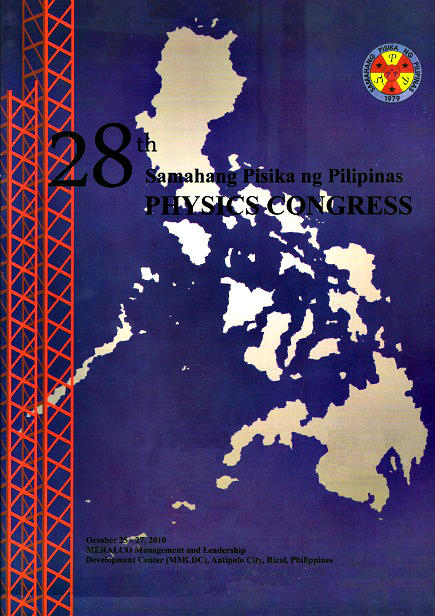Three step electrochemical self-assembly of porous alumina
Abstract
This study placed focus on anodization time as an important fabrication parameter dictating nanopore arrangement regularity and surface morphology characteristics of a three-step anodized aluminum prepared in oxalic acid at a constant applied voltage of 40V. Array of nanopores were formed with the method using potassium hydroxide to introduce local surface defects on which the pores could initially be formed. Regularity of the arranged structure of anodized aluminum was found to improve with increasing length of time of the first anodization. Furthermore, pore diameter was shown to be strongly dependent on the anodization time.
Downloads
Issue
Strengthening physics research and education for a brighter tomorrow
25-27 October 2010, MERALCO Management and Leadership Development Center, Antipolo City











